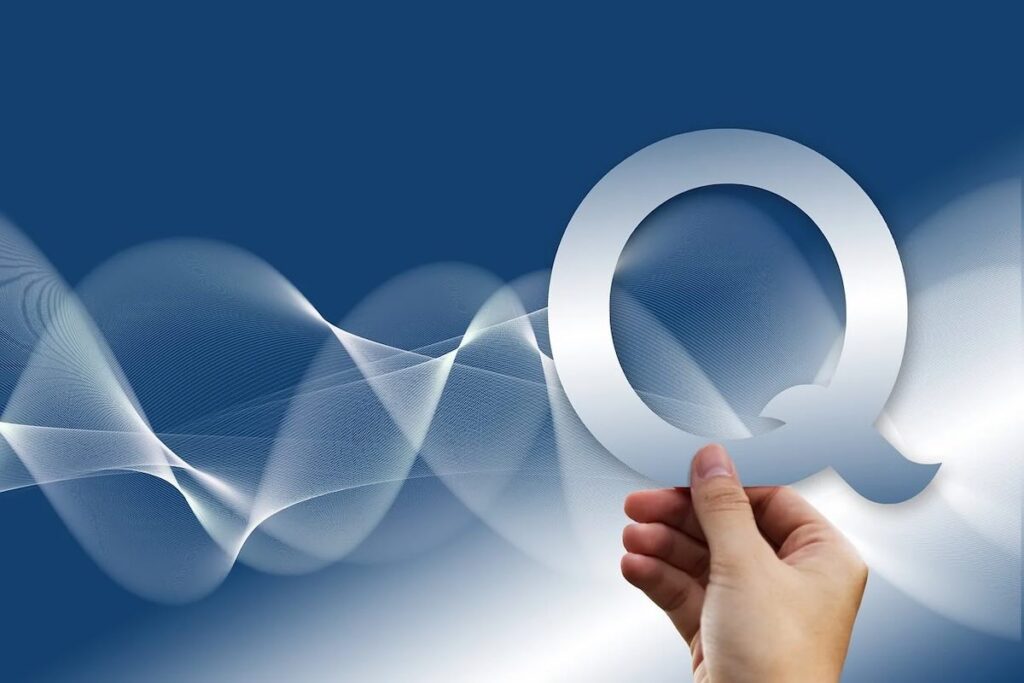Of every technology that we use in audio, the ones that haven’t changed in over a hundred years involve capturing a signal and reproducing it. Loudspeakers especially have seen fantastic improvements during that time but the method of moving air is still more or less the same. With new discoveries in the realm of quantum physics being made every day, one has to wonder if they may open the door to a new way of transmitting sound, especially with a latest discovery.

Same As It Ever Was
Loudspeaker designers are quick to point out that there’s been some real progress made in tranducer technology, especially over the last 20 years. Better drivers, acoustically designed cabinets, and DSP control have all substantially improved audio reproduction to where we can have startling good audio from a laptop, phone, or even portable bluetooth speaker. Ultimately they’re still moving air the same way as loudspeakers from 100 years ago (although much more efficiently), which is by a driver aggressively pushing air molecules.
Perhaps the closest thing to a breakthrough that we’ve had is the latest MEMS speakers (sometimes called solid-state drivers) that use the piezoelectric effect as a driver. In this case a crystal layer is moving air as it changes shape when activated by a voltage. The problem is that the frequency range is is very limited so that low frequencies still require a cone driver for full bandwidth reproduction.
Enter The Quantum Level
But a new breakthrough in quantum physics has the potential to change all of that. It’s been discovered that light and sound work similarly at the quantum level. The tiniest unit of light is a photon, while the smallest unit of sound is the phonon.
Phonons have much in common with photons, where turning down the volume of a sound is the same as dialing back the number of phonons, much like dimming a light reduces the number of photons. The difference is that photons can travel through empty space while phonons require a medium like air or water to propagate. On a quantum level though, scientists were able to split phonons to where they could be transmitted without the need for microphones or loudspeakers.
Obviously the subject is way deep and I’m not at all qualified to go down that rabbit hole, so let me just daydream about where this could take us in the future.
Let’s Daydream Of Possibilities
Imagine the walls of your house, or any building for that matter, being able to reproduce sound. There would be no need for loudspeakers, since literally anything could be a transducer. This would usher in the realm of immersive audio in the truest sense, since sound could be coming from anywhere. This would take the listening experience to a whole new world, and audio mixing would need to go there too. We would be able to do things then that today’s immersive engineers can’t even imagine, and it would all happen at the quantum level.
Engineers would need new tools and workflows, and new way of listening, but the audio reproduction would be closer to lifelike than it’s ever been before.
To say that those days are a ways off is an understatement. The current experiments are at frequencies way beyond human hearing and at temperatures very near absolute zero. Perhaps the means to get there are yet to be discovered, but the idea of what could happen and how our audio world could change are exciting. Let’s hope it doesn’t take another 100 years for it to happen.